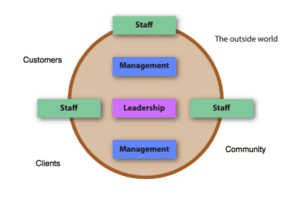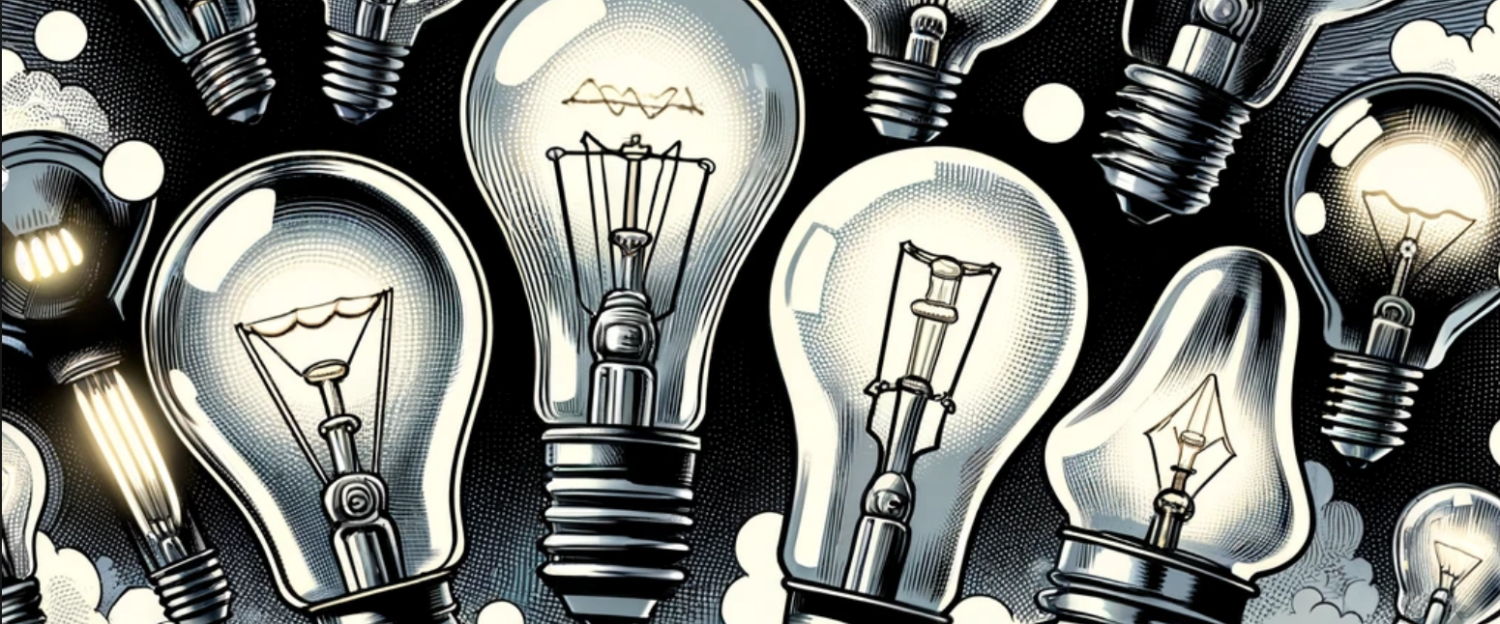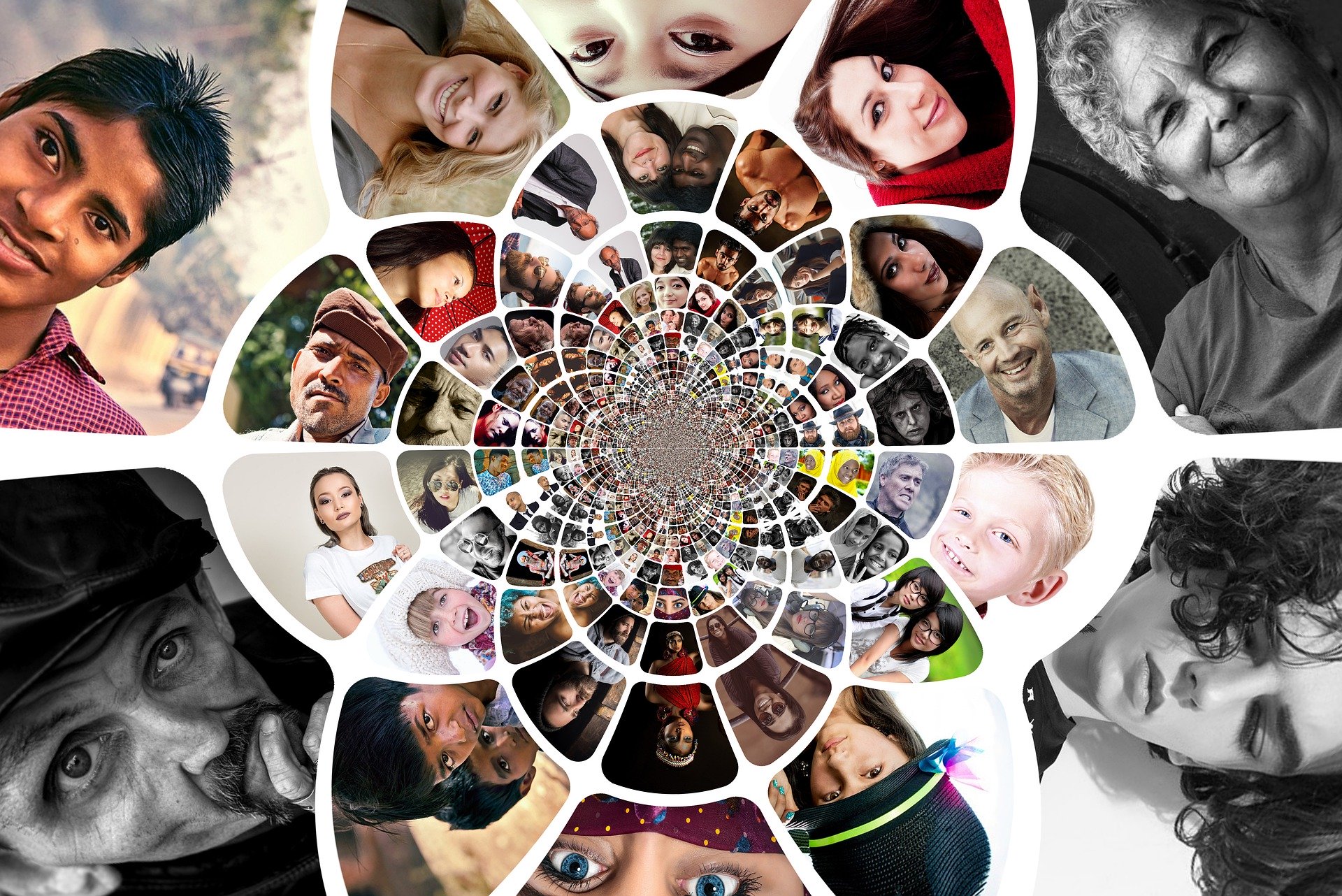How do we incorporate diversity into leadership and knowledge management practices?
What tools can we use and what do we need to believe, think and understand in order to include diverse knowledge?
I’ve been pondering questions like this for quite a while. Here’s what I have found.
James Surowiecki’s book The Wisdom of Crowds?(2004) talks about crowdsourcing and collective intelligence, terms that are becoming more common.
Crowdsourcing is what you do to get the wisdom of crowds or collective intelligence of a group. So crowdsourcing is the action and collective intelligence is the outcome or product. In the book Surowiecki uses real life examples to present a case for using collective intelligence (CI), under certain conditions. It is these critical conditions that need to be addressed in Knowledge Management processes.
How do we optimize the affordances of CI while limiting the factors that inhibit positive CI outcomes?
Surowiecki focuses on three types of decision making problems that the use of CI can help solve. The first is what he calls cognition problems, defining these as problems that have or will have definitive solutions? (p.XVII). The theory is that these types of problems are best answered by a diverse crowd rather than a group of experts.
Cognition problems
It’s important to repeat that the theory only applies if certain conditions are met. With cognition problems the conditions vary in importance based on the specific problem. For example if you were to crowdsource the answer to Who will win the next local election? you would want a diverse group of people who were also familiar with that locale. Increasing diversity by including people who lived elsewhere would not improve the likelihood of a better than average outcome and would most likely result in a response that was worse than a group of political experts.
Coordination problems
The second type of problem that can positively impacted by CI are coordination problems. Like the name implies, coordination problems involve attempts to coordinate behaviours. An example of coordination problem would be, Where and when should we meet for coffee. Like cognition problems, conditions apply and ensuring a crowd with the right balance of local knowledge and diverse perspectives is key. In this case the ability to aggregate or pull together and sort the collective intelligence is also required. Technology can help with this.
Cooperation problems
The third type of problem is a cooperation problem. Cooperation involves organizing individuals self-interested action in a way that creates mutual advantage. Cooperation moves us from doing what is best for me as an individual entity to doing what is best for us. Examples of cooperation problems include How can we get coffee exporters to move toward higher standards of worker treatment and pay or How can we balance the need for safe neighbourhoods with the need for harm reduction measures.
Cooperation problems are often complex rather than complicated; complicated being something that has a right answer. Putting a car engine together is complicated while complexity involves multiple ways of putting things together with many potential workable outcomes. Cooperation problems are in essence what the Club of Rome identified decades ago as the types of problems that could be solved best by learning through innovation. In their second report No Limits to Learning they suggested that there are two ways we can learn – by shock or by innovation. To learn by innovation requires anticipation of what might happen and participative solution finding.
Both of these are conditions that can be met through the use of crowdsourcing technology.
A key to solving cooperation problems involves establishing and communicating trust. As Surowiecki states, to solve cooperation problems, a group or society needs to
be able to trust those around them, because in the absence of trust the pursuit of myopic self-interest is the only strategy that makes sense.
Thus cooperation problems require groups to do more than in coordination problems.
In working through examples of each type of problem Surowiecki defines the overall conditions that must be met for collective intelligence to trump the decisions reached by expert groups and individuals. These condition are:
- diversity of opinion (each person should have some private information, even if it’s just an eccentric interpretation of the known facts).
- independence (people’s opinions are not determined by the opinions of those around them).
- decentralization (people are able to specialize and draw on local knowledge).
- aggregation (some mechanism exists for turning private judgments into collective decision).
In response to Surowiecki’s book, Harri Oinas-Kukkonen, Professor of information systems at the Department of Information Processing Science, University of Oulu, captures the Wisdom of Crowds approach with the following ideas:
- It is possible to describe how people in a group think as a whole.
- In some cases, groups are remarkably intelligent and are often smarter than the smartest people in them.
- The three conditions for a group to be intelligent are diversity, independence, and decentralization.
- The best decisions are a product of disagreement and contest.
- Too much communication can make the group as a whole less intelligent.
- Information aggregation functionality is needed.
- The right information needs to be delivered to the right people in the right place, at the right time, and in the right way.
- There is no need to chase the expert.
In addition to this MIT has collected a large body of research on Collective Intelligence that can be accesses via the MIT Center for Collective Intelligence. Their handbook, in wiki form, is itself an example of crowdsourcing at work. The wiki includes two areas that specifically list factors that facilitate CI and factors that inhibit CI. Let’s first take a closer look at the conditions needed for CI to be effective.
Facilitating Factors
Diversity
Scott E. Page read Surowiecki’s book and Howard Reinhold‘s Smart Mobs and then went on to produce what some have called Wisdom of Crowds on steroids. In The Difference – How the Power of Diversity Creates Better Groups, Firms, Schools, and Societies (2007) Page, a University of Michigan researcher in the field of complex adaptive systems, uses mathematical models, logic and frameworks to examine the power of diversity with scientific rigor. He created the Diversity Prediction Theorem presented in the MIT handbook. The theorem is:
Crowd Error = Average Individual Error – Diversity Among Individuals
Page presents sound arguments and scientific proof that diversity trumps ability under certain conditions and concludes that we should pay diversity equal attention. He suggests that to leverage diversity we need to apply the theoretical sciences of distributed and collective intelligence to the art and practice of distributed, decentralized organizations.
One of the focuses of his work is on distributed problem solving, the process of allowing a problem to be investigated by a group of people, with diverse experiential and cognitive tools, simultaneously. He suggests that distributed problem solving can be thought of as an innovation called distributed co-creation.
Page identifies the conditions that must be present within an organization so that distributed problem solving and innovation can take place.
- There must be some sense that improvement is possible
- The organization is currently stuck or locked into a few perspectives
- They must believe that people with relevant perspectives and heuristics exist and
- Those people can be accessed and encouraged to think about the organizations problem
- The problem itself is quantifiable
- There exists a fast, low cost way of comparing solutions
- The act of stating the problem cannot give away valuable information including proprietary information, cost structures or other ideas that could limit ideas by priming
The bottom line on diversity, as presented by the Page, Surowiecki, and the MIT group, is:
- Diversity trumps ability – Diverse groups with diverse tools consistently outperform groups made up of the best and brightest
- There are times when crowds are smart and also times when crowds are not so smart
- Individuals have particular perspectives on a problem, paying attention to some aspects and filtering out others
Specifically:
- Learned perspectives may limit the search space any one individual uses to reach an answer, even for smart individuals
- Multiple individuals with varying perspectives, experiences and cognitive tools expand the search space employed
- A diverse crowd has more tools to apply
That said:
- This is not to say that diversity does not have drawbacks
- Diversity works if everyone has same goal of getting the answer right, and values this goal
- If goal-related values of different groups are not shared, crowd may splinter into factions
- A culture of collaboration and sharing increases the likelihood of successful co-creation
Edge and Ecosystem
Related to diversity but viewed through a slightly different lens are the Power of the Edge and the Power of an Ecosystem. Both describe the way in which bottom-up approaches have a positive impact on organizational decision making and innovation. The diagram below is a visual representation of how people within an organization view what’s going on outside, especially those events or shifts that may impact the organization.

Leadership, in the middle, is often insulated by the management who may act as a filter. Staff members who exist closer to the edge of an organization can offer a perspective that is shielded and lacks clarity from a leadership perspective. Customers or clients can also offer an unobstructed view of how services or products could better meet their needs.
A perspective related to this can be found in Malcolm Gladwell’s book Outliers which features many stories of how the brilliant among us rose from a unique set of circumstances and how their unique perspectives help then rise above the crowd and how organizations can leverage that kind of talent.
Someone way smarter that me once said something about how important diversity is to the ecosystem. Biodiversity is critical in nature. I think diversity is important to all natural systems. What do you think?
Next post will be on Inhibiting Factors – What Stops Groups from Working Together Effectively


Hey Lorne,
I’m looking forward to tomorrow’s chat too and just a little nervous lol Hope that between us we can make some sense of how and where diversity and KM connect.
jamie
Wow, I just read this and am really looking forward to the Twitter chat tomorrow. It is not something I am at all knowledgeable about, but I am totally fascinated with the whole concept…. Thanks so much